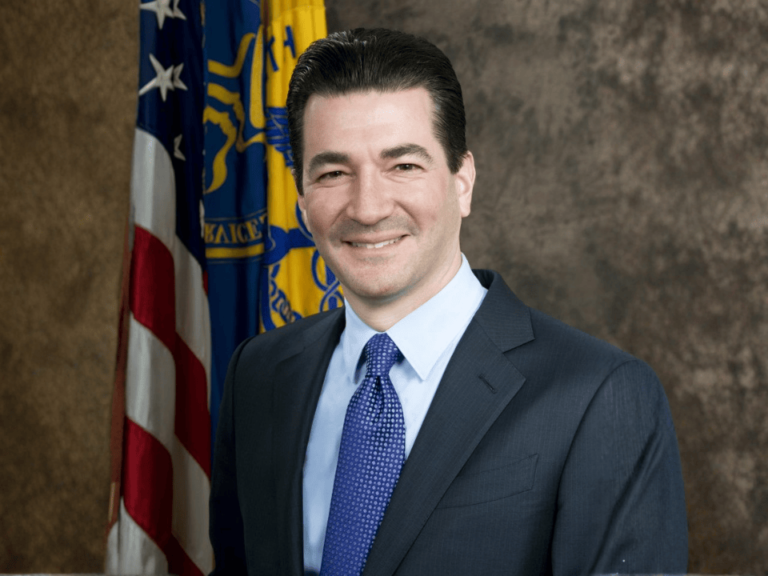One day in 1996, in my role as chief science correspondent for NBC News, I was rummaging through the usual huge (pre-internet) pile of press releases on my desk and zeroed in on one: a phase III trial of a treatment for an aggressive type of breast cancer that was desperate to accrue volunteers.
To access this subscriber-only content please log in or subscribe.
If your institution has a site license, log in with IP-login or register for a sponsored account.*
*Not all site licenses are enrolled in sponsored accounts.
Login Subscribe
If your institution has a site license, log in with IP-login or register for a sponsored account.*
*Not all site licenses are enrolled in sponsored accounts.
Login Subscribe













